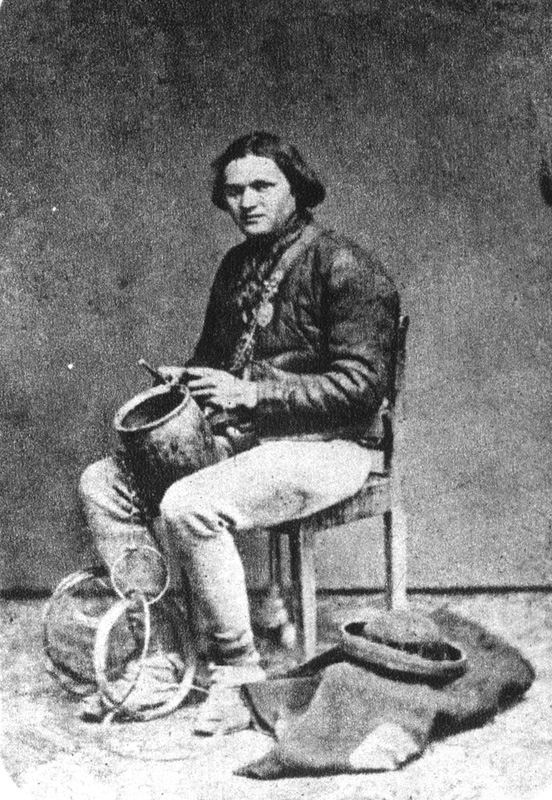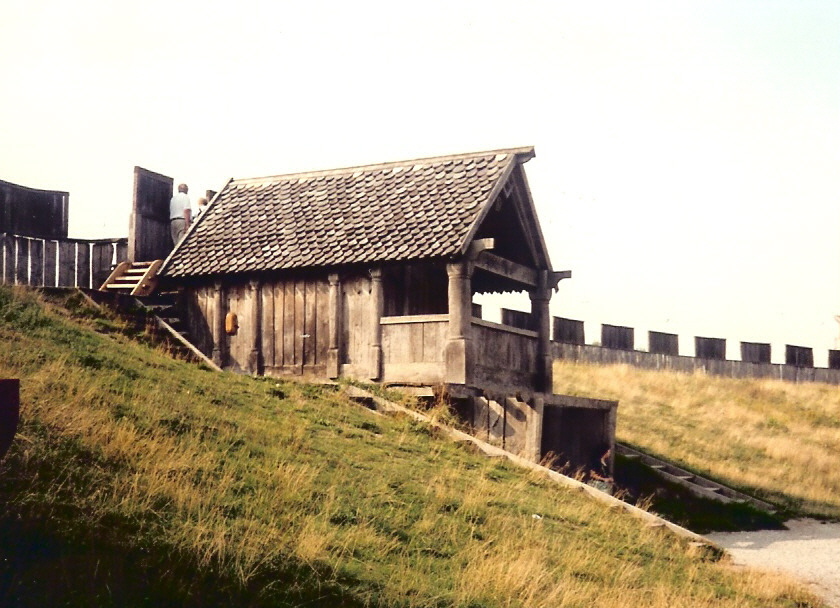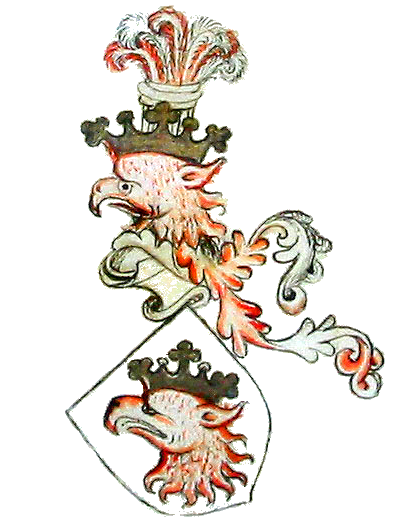|
Sofia Of Denmark
Sophia of Denmark ( Danish: ''Sofie Eriksdatter'' and Swedish: ''Sofia Eriksdotter''; 1241–1286) was Queen of Sweden as the consort of King Valdemar. Background Sophia was the eldest daughter of Eric IV of Denmark and Jutta of Saxony. She had no brothers, but three sisters, Ingeborg, Agnes and Jutta. Her father was murdered in 1250 when she and her sisters were children. As he left no son, he was succeeded by his brother Abel, and then in 1252 by his second brother Christopher I. Marriage The marriage between Sophia of Denmark and King Valdemar of Sweden was arranged as a part of the policy of peaceful diplomacy between Denmark and Sweden which was favored by Birger Jarl, Valdemar's father and the de facto Regent of Sweden.Sophia urn:sbl:6154, '' [...More Info...] [...Related Items...] OR: [Wikipedia] [Google] [Baidu] |
Queen Consort Of Sweden
This is a list of Sweden, Swedish Queen consort, queens consort and spouses of Swedish monarchs and regents. The list covers a large time span and the role of a consort has changed much over the centuries. The first Swedish consorts are spoken of in legends. Consorts until c. 1000 are often semi-legendary, as are monarchs. Due to unions with Denmark and Norway, many of the Swedish consorts were also consorts of monarchs of those countries. Consorts listed during the period of 1380–1520 were in fact also consorts to monarchs of Denmark. The consorts listed during the period of 1814-1905 were also consorts to monarchs of Norway. Finland was from the Middle Ages a part of Sweden, and although there was no official title, such as "Queen Consort of Finland", from the 16th century until the year of 1809; the queen consort of Sweden also held the title "Grand Princess of Finland." Sweden has had three female List of Swedish monarchs, monarchs. One of the consorts listed below is mal ... [...More Info...] [...Related Items...] OR: [Wikipedia] [Google] [Baidu] |
Birger Jarl
Birger Jarl or Birger Magnusson (21 October 1266) was a Swedish statesman and regent, ''Swedish jarls, jarl'', and a member of the House of Bjälbo, who played a pivotal role in consolidating Sweden after the civil wars between the House of Erik and the House of Sverker. His first marriage was to Princess Ingeborg Eriksdotter of Sweden, Ingeborg of Sweden, which created his base of power. Birger led the Second Swedish Crusade, which established Finland under Swedish rule, Swedish rule in Finland. Additionally, he is traditionally attributed with the foundation of the Swedish capital, Stockholm, around 1250. Birger used the Latin title of ("duke of Swedes (tribe), Swedes and Geats"). Biography Early life Birger, likely born around the time of the Battle of Gestilren in 1210, spent his childhood and adolescence in Bjälbo, Bjälbo, Östergötland. The exact date of his birth is uncertain and historical sources are contradictory, but examinations of his remains suggest he wa ... [...More Info...] [...Related Items...] OR: [Wikipedia] [Google] [Baidu] |
Skänninge Abbey
Skänninge Abbey, also known as St. Ingrid's Priory, was a convent for Dominican nuns in Skänninge in Sweden which existed from 1272 until 1544. It was founded by Ingrid of Skänninge, and as such, it was often referred to as St. Ingrid's Priory. Located near the church dedicated to Martin of Tours, it was originally named St. Martin's Priory, though this name was rarely used. The common name for it was Skänninge Abbey, but as there was also a convent for Dominican friars in Skänninge, it was often called Skänninge Nunnery. History The monastery was founded by Saint Ingrid of Skänninge, after her return from her pilgrimages in Europe. Having been widowed, she founded a convent and became its first prioress. Though founded in 1272, it was not formerly inaugurated before 12 August 1281, and it was given its privilege by Magnus III of Sweden in 1282. Coming from the elite of the Swedish nobility, Ingrid and her family was able to donate large estates to the establishment. Th ... [...More Info...] [...Related Items...] OR: [Wikipedia] [Google] [Baidu] |
Battle Of Hova
The Battle of Hova () was fought in Hova, Sweden on 14 June 1275 between peasants commanded by King Valdemar of Sweden and Danish cavalry commanded by Duke Magnus and his brother Erik The given name Eric, Erich, Erikk, Erik, Erick, Eirik, or Eiríkur is derived from the Old Norse name ''Eiríkr'' (or ''Eríkr'' in Old East Norse due to monophthongization). The first element, ''ei-'' may be derived from the older Proto-Nor .... The result was that Valdemar had to flee to Norway and Magnus became king of Sweden as Magnus III. It was a part of a series of conflicts between Magnus and his elder brother Valdemar. References Battles involving Sweden {{Sweden-battle-stub Wars involving Sweden Gullspång Municipality ... [...More Info...] [...Related Items...] OR: [Wikipedia] [Google] [Baidu] |
Eric Birgersson
Erik Birgersson (c. 1250 – 17 December 1275) was a Swedish duke from the House of Bjälbo (Folkungaätten) and the third son of Birger Jarl. His eldest brother, Valdemar, was elected King of Sweden, while his second brother, Magnus, was made a duke. Unlike his brothers, Erik initially held no formal title, which became a source of frustration. Discontent over the distribution of power ultimately led him and Magnus to rebel against King Valdemar. Together, they defeated him at the Battle of Hova in 1275, resulting in Magnus being crowned king and Erik assuming the title of duke. However, Erik died only months after gaining his newfound position of power. It has been suggested that Erik may have suffered from Marfan syndrome, a genetic disorder affecting connective tissue. Biography Erik, the third son of Birger Magnusson, widely known as Birger Jarl, was born into a powerful Swedish family. His father served as Jarl of Sweden from 1248 to 1266, while his mother, Ingeborg Eriksdo ... [...More Info...] [...Related Items...] OR: [Wikipedia] [Google] [Baidu] |
Tinker
Tinker or tinkerer is an archaic term for an wikt:itinerant, itinerant tinsmith who mends household utensils. Description ''Tinker'' for metal-worker is attested from the thirteenth century as ''tyckner'' or ''tinkler''. Some travelling groups and Romani people specialised in the trade, and the name was particularly associated with indigenous Irish Travellers and Scottish_Gypsy_and_Traveller_groups#Indigenous_Highland_Travellers, Scottish Highland Travellers – the name of whose language ''Beurla Reagaird'' means "metalworkers".Kirk, J. & Ó Baoill, D. ''Travellers and their Language'' (2002) Queen's University Belfast However, this use is considered offensive. The term "tinker", in British English, may refer to a mischievous child. "Tinker's dam" or "damn" and "tinker's curse" Both phrases wikt:tinker's damn, tinker's damn and tinker's curse can be applied to something considered insignificant. An example: "I don't give a tinker's curse what the doctor thinks", sometim ... [...More Info...] [...Related Items...] OR: [Wikipedia] [Google] [Baidu] |
Magnus Ladulås
Magnus Ladulås (, ) or Magnus Birgersson ( 1240 – 18 December 1290) was King of Sweden from 1275 until his death in 1290. He was a son of Birger Jarl, and became a king after a rebellion against his brother Valdemar, King of Sweden, Valdemar. He was succeeded by his ten-year-old son Birger Magnusson with Torkel Knutsson acting as his guardian. Medieval Swedish kings did not use Regnal number, regnal numbers as part of their title. In modern literature he may be referred to as either Magnus I or Magnus III. Epithet The origin of the epithet ''Ladulås'' () is not known for certain, due to the lack of source material from the latter half of the 14th century. It appears widely in written documents from the beginning of the 15th century, with the Visby Chronicle from 1412 being the oldest datable document. ''Lilla rimkrönikan'' from gives the traditional explanation, ascribing the epithet to the Ordinance of Alsnö. This act by Magnus freed the Yeoman, yeomanry fro ... [...More Info...] [...Related Items...] OR: [Wikipedia] [Google] [Baidu] |
Chess
Chess is a board game for two players. It is an abstract strategy game that involves Perfect information, no hidden information and no elements of game of chance, chance. It is played on a square chessboard, board consisting of 64 squares arranged in an 8×8 grid. The players, referred to as White and Black in chess, "White" and "Black", each control sixteen Chess piece, pieces: one king (chess), king, one queen (chess), queen, two rook (chess), rooks, two bishop (chess), bishops, two knight (chess), knights, and eight pawn (chess), pawns, with each type of piece having a different pattern of movement. An enemy piece may be captured (removed from the board) by moving one's own piece onto the square it occupies. The object of the game is to "checkmate" (threaten with inescapable capture) the enemy king. There are also several ways a game can end in a draw (chess), draw. The recorded history of chess goes back to at least the emergence of chaturanga—also thought to be an ancesto ... [...More Info...] [...Related Items...] OR: [Wikipedia] [Google] [Baidu] |
Margaret Sambiria
Margaret Sambiria (, ' or '; c. 1230 – December 1282) was Queen of Denmark by marriage to King Christopher I, and regent during the minority of her son, King Eric V from 1259 until 1264. She is the first woman confirmed to have formally ruled as regent of Denmark. She was the reigning fief-holder of Danish Estonia in 1266–1282. Life Margaret was born around 1230 to Sambor II, Duke of Pomerania and Matilda of Mecklenburg. She had a Danish connection from her maternal grandparents Henry Borwin II, Lord of Mecklenburg and Lady Kristina from Scania, who was reportedly a daughter of the Danish magnate Galen clan from Eastern Denmark, and related to the Hvide clan of Zealand. Margaret received her first name, then yet relatively rare in North Germany and Poland, in honor of her maternal Scandinavian relations, where the name Margaret came in the late 11th century with the family of Inge I of Sweden, presumably of her aunt, the countess of Schwerin, and her great-aunt, the Prin ... [...More Info...] [...Related Items...] OR: [Wikipedia] [Google] [Baidu] |
Matilda Of Holstein
Mechtilde of Holstein ( – 1288) was a Danish queen consort, married to King Abel of Denmark and later to Birger Jarl, Regent of Sweden. Life Mechtilde was born around 1218, likely in Schauenburg Castle. She was the daughter of Adolf IV, Count of Schauenburg and Heilwig of Lippe. Her grandfather Adolf III had lost the County of Holstein to Danish King Valdemar Sejr in 1203, but her father regained it during her childhood after the German nobles defeated Valdemar in the Battle of Bornhöved in 1227. On 25 April 1237 she was married to Duke Abel of Schleswig, King Valdemar's second eldest son, as part of a settlement between the two houses. When Abel became King of Denmark in 1250, she was crowned with him in Roskilde on 1 November. Abel died two years later in 1252, and was succeeded by his brother Christopher rather than her son Valdemar, who was imprisoned by the Archbishop of Cologne at the time. She successfully secured Valdemar's release from Cologne and fo ... [...More Info...] [...Related Items...] OR: [Wikipedia] [Google] [Baidu] |
Trelleborg
Trelleborg () is a town in Skåne County, Sweden, with 43,359 inhabitants as of 31 December 2015. It is the southernmost town in Sweden located some west from the Smygehuk, southernmost point of Sweden and the Scandinavian Peninsula. It is one of the most important ferry towns in Scandinavia as well as around the Baltic Sea, and the main town of the Söderslätt agricultural areas. Etymology The first written record of the name is from 1257, ''Threlæburgh''. The name is found in many places in Scandinavia. ''Borg'' means ''castle'' or ''stronghold'' and ''träl'' can mean thrall, but can also refer to the leaning poles on the outside of the medieval Viking stronghold. Remains of the original stronghold were excavated in 1988. The name may also have originated from the stronghold that still remains in the center of the city. Strongholds like that have been found at several places around Scandinavia, mostly in the south of Sweden and Denmark, and are all called trelleborgs. The ... [...More Info...] [...Related Items...] OR: [Wikipedia] [Google] [Baidu] |
Malmö
Malmö is the List of urban areas in Sweden by population, third-largest city in Sweden, after Stockholm and Gothenburg, and the List of urban areas in the Nordic countries, sixth-largest city in Nordic countries, the Nordic region. Located on the Øresund, Öresund Øresund, strait on the southwestern coast of Sweden, it is the largest city in Scania, with a municipal population of 365,644 in 2024, and is the Governors of Skåne County, gubernatorial seat of Skåne County. Malmö received its city privileges in 1353, and today Metropolitan Malmö, Malmö's metropolitan region is home to over 700,000 people. Malmö is the site of Sweden's only Fixed link, fixed direct link to continental Europe, the Öresund Bridge, completed in 2000. The bridge connects Sweden to Denmark, and carries both road and rail traffic. The Öresund Region, which includes Malmö and Copenhagen, is home to four million people. The city was one of the earliest and most-Industrial Revolution, industri ... [...More Info...] [...Related Items...] OR: [Wikipedia] [Google] [Baidu] |






